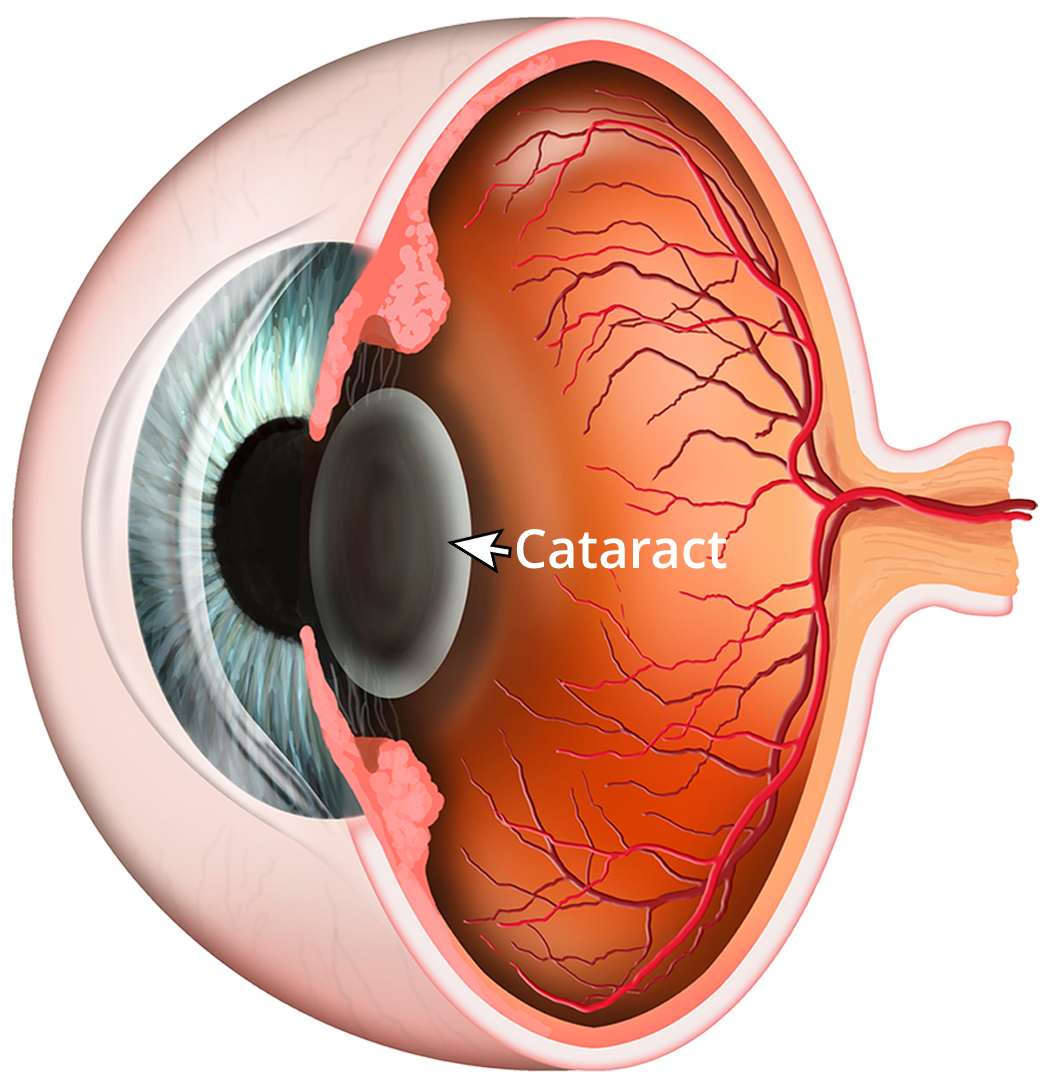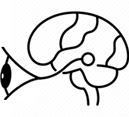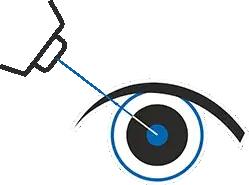Speciality
Treatments for Cataract
Surgical Options:
- Phacoemulsification: A most common and modern technique for cataract eye surgery. It involves using ultrasound energy to break up the cloudy lens into small fragments, which are suctioned out of the eye.
- Extracapsular Cataract Extraction (ECCE): In this traditional method, the surgeon removes the entire lens in one piece. Phacoemulsification is more common today due to its smaller incisions and faster recovery.
Intraocular Lens Options
- Monofocal IOL: This lens type provides clear vision at a single focal distance, typically for distance vision. Glasses may be needed for reading or other tasks.
- Multifocal IOL: These lenses are designed to provide clear vision at multiple distances, reducing the need for glasses after surgery.
- Toric IOL: Corrects astigmatism in addition to cataracts.
- Accommodative IOL: Mimics the natural lens' ability to shift focus between near and far distances.
Laser-Assisted Cataract Surgery
Cataract surgeons sometimes utilize advanced laser technology to assist with specific steps in eye cataract treatment, enhancing precision and efficiency in cataract operation.
A femtosecond laser creates precise incisions, fragments the cloudy lens, and facilitates its removal. This method offers improved accuracy, reduces the need for manual steps, and enhances overall surgical outcomes, leading to quicker recovery and improved visual results for patients undergoing cataract eye surgery.
New Technology
Advanced Technology
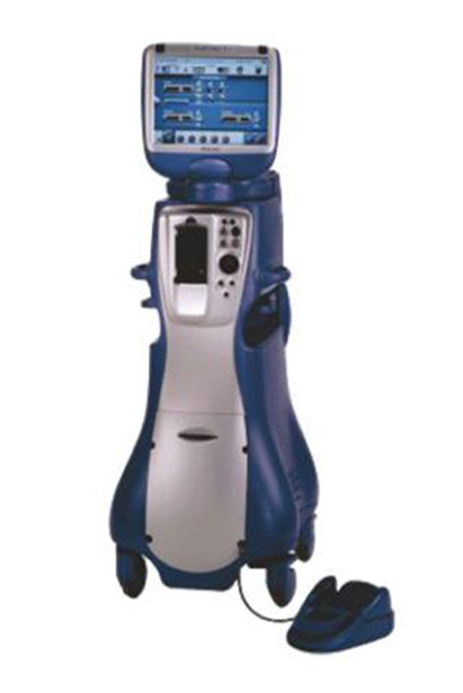
Advanced Phaco System
An advanced Phaco System with high-speed ultrasound technology, fluidics management, enhanced visualization, customizable settings, safety features, ergonomic design, and connectivity for seamless data management, providing surgeons with state-of-the-art tools for safe and precise cataract surgery.
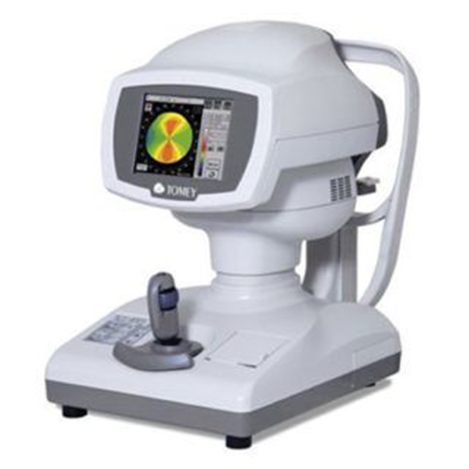
Topography
Cutting-edge Cataract Topography Machine: Utilizing advanced imaging technology to precisely map and analyze the corneal surface, providing valuable data for accurate pre-operative assessment, surgical planning, and optimal outcomes in cataract eye surgery.
Experience clear vision again with our advanced cataract treatments. If you're wondering about cataract meaning and its impact on your sight, our experts are here to help. We provide personalized care and cutting-edge solutions to restore your vision. Trust us to guide you through every step of your cataract journey.
Speciality
